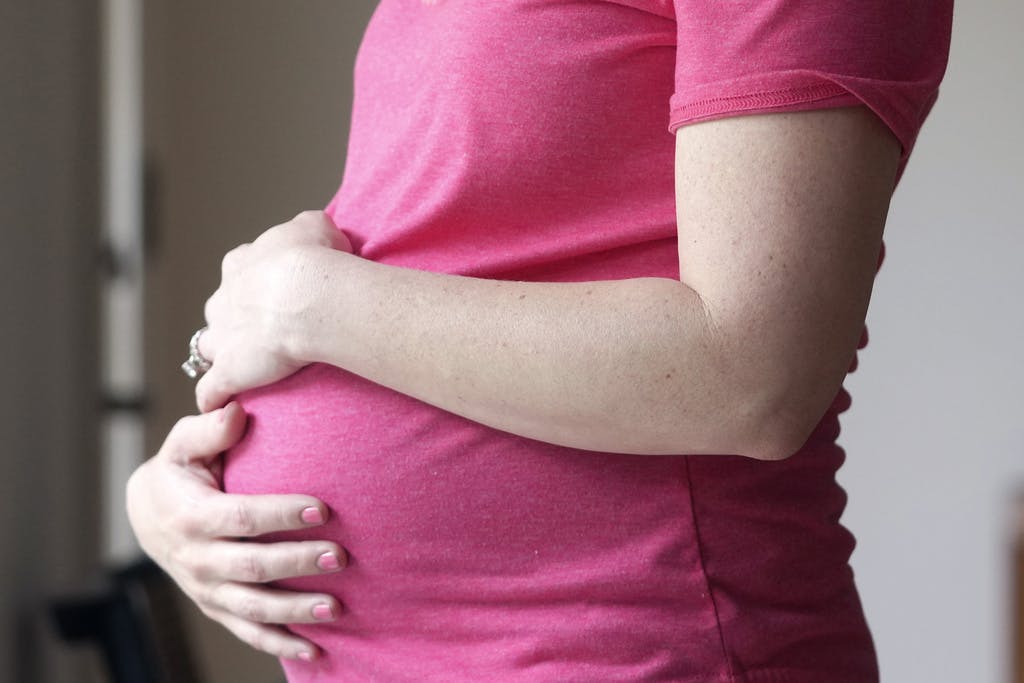America’s Record-Low Birth Rate Could Slow Economic Growth, Doom Social Security
The economic and social ramifications of this dearth in reproduction — a baby bust — could be extraordinary.

New federal data shows America’s birth rate hit new lows in 2023, part of a growing trend that is threatening to slow the economy and strap government programs that run on taxpayer money.
America’s total fertility rate fell in 2023 to 1.62 births per woman. That’s a 2 percent decline from a year earlier, according to provisional data released Thursday by the Centers for Disease Control and Prevention’s National Center for Health Statistics. Last year’s birth rate is dipping further below the “replacement rate” of 2.1 children per woman, and far below the baby boom peak of 3.77 births per woman in 1957.
It’s the lowest birth rate recorded since the government began tracking the data in the 1930s. The prediction is not perfect — it estimates the number of children a woman would give birth to in her lifetime, not what she actually chooses. It may change slightly when final figures are released later this year. Yet the economic and social ramifications of this dearth in reproduction — a baby bust — could be extraordinary.
“Economic growth results from population plus productivity growth. So it will likely slow,” a project director at the Penn Wharton Budget Model, Jagadeesh Gokhale, who has advised the Department of Treasury and the Federal Reserve Bank of Cleveland, tells the Sun. Look no further than the struggling economies of the European Union, Japan, and China, which all have aging populations and reduced fertility rates.
Educational and career opportunities are inducing many women to postpone fertility. Delaying family formation, however, could degrade adult support systems and social environments for children, ultimately reducing family longevity, Mr. Gokhale says.
The birth rate is poised to plummet even more. “To the extent younger generations ‘emulate or learn’ from their parents’ examples, these trends could become persistent making fertility-rate recovery more difficult,” Mr. Gokhale says.
Mr. Gokhale led a study in March showing that America needs an annual immigration rate of about 3.5 times what it is now to offset plummeting birth rates among native-born Americans. Otherwise, Social Security, Medicare, and other government programs could take a hit. Federal agencies like the Social Security Administration tend to make budget predictions based on the forecasted productivity of the population.
Not all are sounding the alarm bells on the baby bust. That latest data suggests, to the founder of the Voluntary Human Extinction movement, Les Knight, that the birth rate is “improving.” “Choosing to not add more of us benefits both planet and people,” he tells the Sun. “In the US, each new citizen we don’t create saves 13 football fields of potential wildlife habitat for a lifetime.”
Mr. Knight has spent decades advocating for humans to stop procreating so that other species have the chance to recover and the Earth’s biosphere can “return to good health,” as he puts it. Many women around the world lack the reproductive freedom to avoid having more offspring than they are already carrying, yet humans, Mr. Knight says, are barreling past their carrying capacity.
American reproductive trends reflect both personal preferences as well as factors beyond a woman’s control. Young American women are increasingly delaying or foregoing starting families to focus on their professional life, taking part in what the Atlantic’s Derek Thompson calls “workism.” Feelings of financial uncertainty, meanwhile, are prompting more young people to worry about homeownership, student debt, and child care.
For Mr. Knight, “the main reason couples are co-creating fewer offspring than 60 years ago is that they can.” He notes that access to contraceptives has grown and non-parenthood is more publicly acceptable. The economy, he adds, is also discouraging couples from procreating. “Young people are struggling,” he says, “and the American Dream is evaporating in front of them.”

